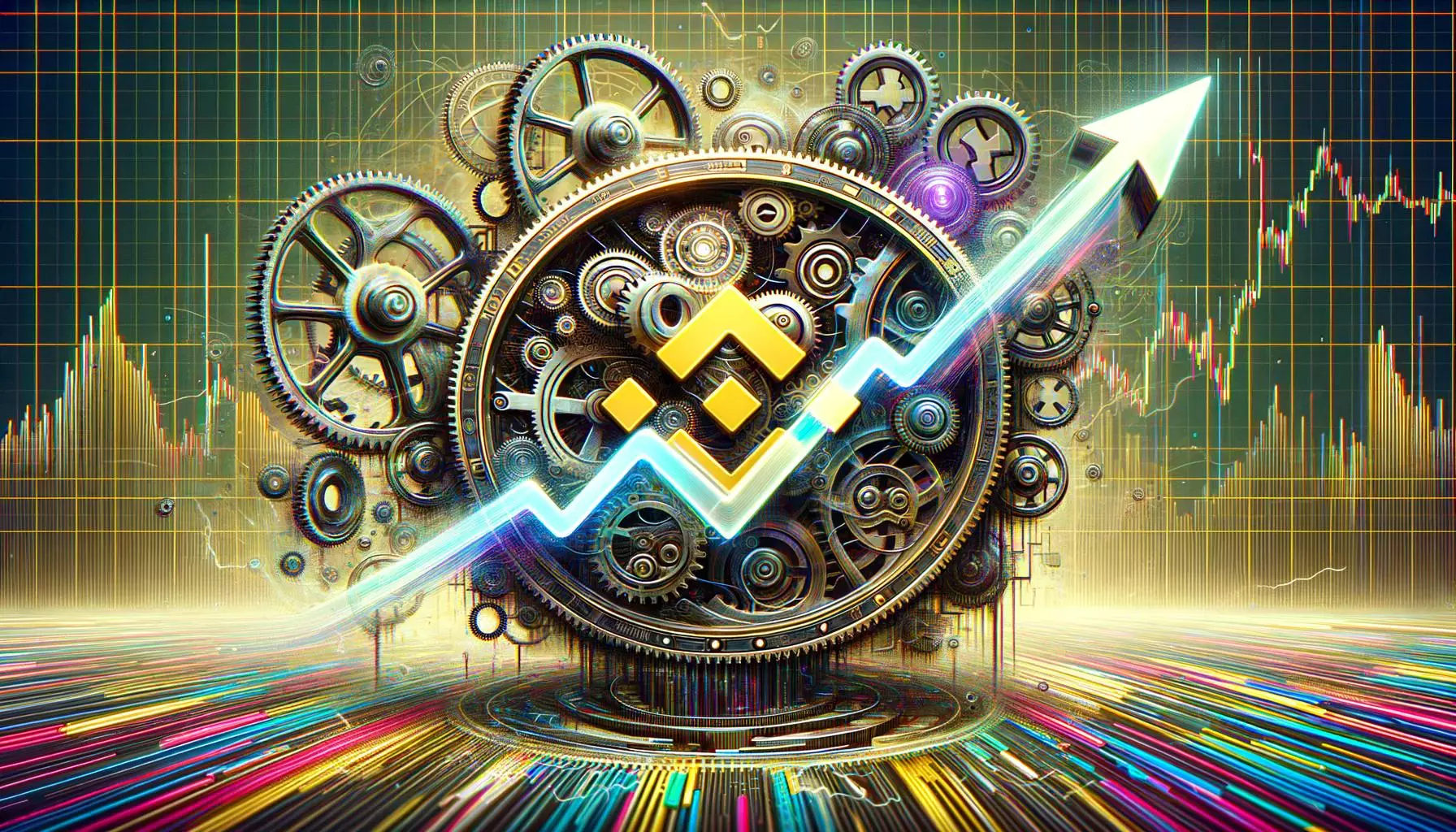In the frenetic world of financial markets, there exists a dangerous misconception—that mastery of technical analysis and charting can reliably predict market movements. While experts like Aayush Jindal showcase impressive skill in deciphering complex patterns, an honest appraisal reveals that even the most seasoned traders fall prey to overconfidence. The fantasy of absolute certainty inflates traders’ egos and blinds them to the inherent unpredictability of markets. This illusion fosters reckless risk-taking, where traders ignore the fundamental principle that markets are influenced by countless unpredictable variables—geopolitics, economic data, unforeseen crises—that no chart can fully anticipate. Admittedly, technical analysis is an invaluable tool, but it should serve as a guide, not a prophecy. Overreliance on pattern recognition inflates the false sense of control, often culminating in disastrous losses when markets deviate from anticipated trajectories.
The Dangerous Allure of Technological Overdependence
Aayush Jindal’s background in software engineering exemplifies a broader trend: the integration of advanced algorithms and automation into trading strategies. While such technological innovations are undeniably powerful, they tend to seduce traders into believing that ever-more sophisticated tools can eliminate risk altogether. This overconfidence in algorithms can produce distorted perceptions of market confidence—what some call “algorithmic utopianism.” The danger emerges when traders entrust their entire decision-making process to complex codes, neglecting the fundamental unpredictability that no computer can fully grasp. Machines can amplify errors if market sentiment shifts unexpectedly, and the illusion of infallibility can lead traders to adopt excessive leverage, exposing themselves to catastrophic losses. In truth, technology is an aid, but it cannot substitute for prudent judgment rooted in a balanced, skeptical worldview.
The Hubris of Market Mastery and Its Consequences
Nothing demonstrates the peril of overconfidence more starkly than the reality of market volatility. Traders who believe their expertise grants them omniscience often take undue risks, assuming markets will always behave within their predictive frameworks. History is littered with examples—famous collapses where traders persisted in holding onto failing positions because they refused to accept reality. Aayush Jindal’s own success is built on technical skill, but even he must acknowledge the limits of knowledge. The notion that one can always identify the next lucrative trend or precisely time entries and exits is naively optimistic. Overconfidence breeds complacency, eroding the discipline and humility essential for sustainable trading. When markets unexpectedly turn, this hubris turns chaos into catastrophe, proving that humility, not certainty, should be the trader’s best ally.
Why Center-Right Ideals Offer a Rational Framework for Modern Trading
A centrist, center-right approach to trading emphasizes individual responsibility, disciplined risk management, and respect for market forces. It recognizes the importance of innovation and technology but maintains skepticism toward complete reliance on it. This perspective advocates for balanced diversification, prudent leverage, and continuous education—principles that help temper the temptation of overconfidence. By acknowledging that markets are inherently unpredictable, traders can adapt, rather than arrogantly attempt to dominate them. A healthy dose of skepticism and humility prevents the catastrophic consequences of overestimating one’s predictive power, fostering a sustainable approach that aligns with conservative fiscal principles. In an era where market manipulation, geopolitical upheavals, and economic surprises are commonplace, an ideology rooted in responsibility and realism offers the clearest path forward.
Final Reflections: The Pitfalls of Gambler’s Overestimation
The myth of absolute certainty is perhaps the greatest threat facing modern traders. Aayush Jindal’s expertise and technological prowess should serve as a reminder: even the most skilled professionals do not possess omnipotent foresight. The false confidence that stems from pattern recognition, coupled with overreliance on predictive algorithms, obscures the real risks. True mastery involves humility—accepting that losses are inevitable, managing risks meticulously, and maintaining a disciplined, skeptical mindset. Markets will always possess an element of chaos; those who believe they can control or predict all outcomes are doomed to confront harsh realities. In truth, trading is less about certainty and more about strategic uncertainty—an acknowledgment that the best defense against disaster is not overconfidence but cautious realism.


















Leave a Reply